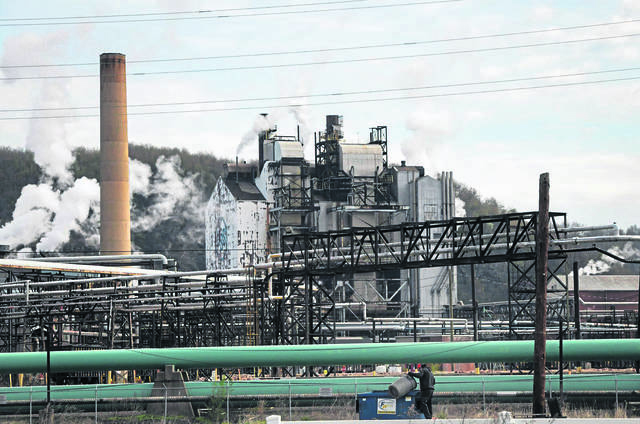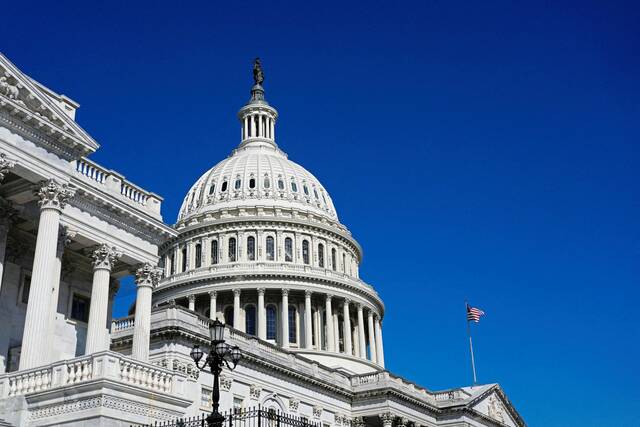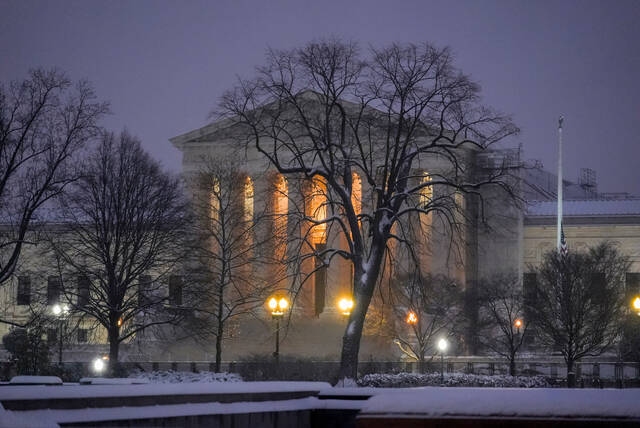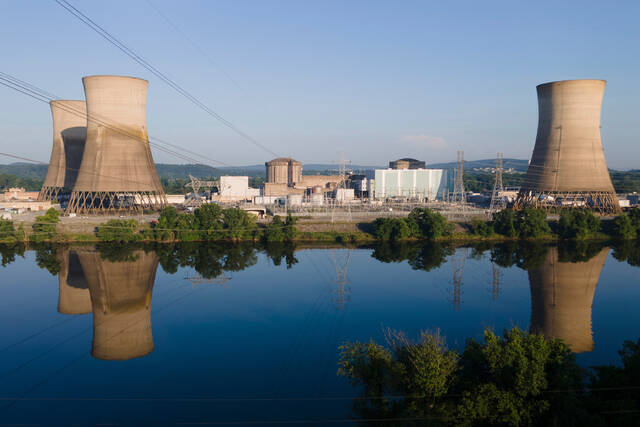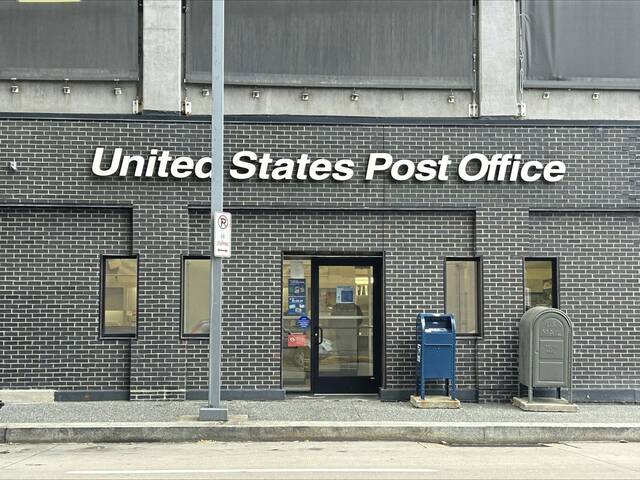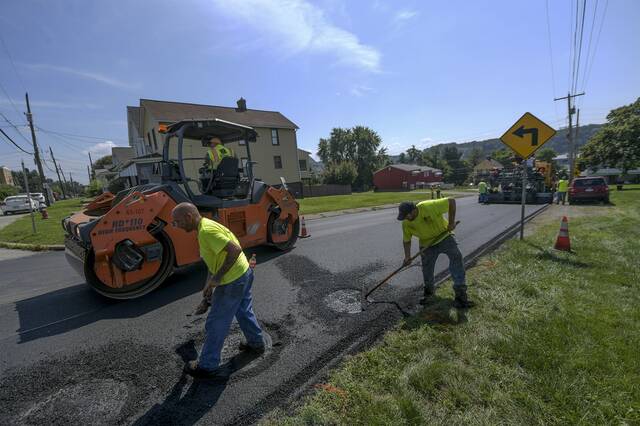Did you hear the news? Allegheny County has met all federal air quality standards for the first time. The Allegheny County Health Department termed the late January achievement a historic milestone in its efforts to curb air pollution.
Actually, despite the region’s heavy energy production, Western Pennsylvania and the entire state have been making significant clean air advances for years. In fact, the Keystone State has been among the nation’s leaders in pollution reduction — and some of the credit for that feat goes to often-maligned natural gas.
In its announcement, the health department said all eight of its pollution monitors met the standards for limiting carbon monoxide, nitrogen oxide, ozone and soot from fine — and course airborne particles. Good news but not exactly fresh news.
Such emissions have been falling sharply. An analysis by Consumer Energy Alliance, a consumer energy and environmental advocate, found that emissions in Pennsylvania declined by as much as 92% between 1990-2017. That drop came despite an elevenfold rise in energy production from 2010-18, including an eightfold increase in natural gas output.
This is a significant accomplishment for a state second only to Texas in natural gas production. As for emissions of key pollutants, they have decreased across the board. Sulfur dioxide emissions slid 92%, nitrogen oxides 72%, volatile organic compounds 53% and carbon dioxide 18%.
In Pittsburgh, Carnegie Mellon University professor Allen Robinson, who has been studying the city’s air quality for two decades, noted last April the “enormous progress” that has been made to make the air “dramatically more clean” than a decade ago.
What this success underscores is that environmental gains can be achieved even as our economic growth accelerates, and that we don’t have to choose between a cleaner environment and a strong economy requiring more energy.
After all, the U.S. for two decades straight has been making the largest emissions reductions of any nations, and that includes more a period that saw record energy production. It’s a true story that those who oppose traditional fuels are afraid to tell you, because it may take some of the air out of their balloon of fear.
We support increased environmental responsibility and every effort to reduce our emissions that takes into account the essential energy needs of American families, farmers and small businesses.
That means we need to keep increasing our use of wind and solar power, but we should not throw out traditional sources that contribute to our manufacturing industry and, above all, creates jobs and affordable, reliable energy for Pennsylvanians.
We know how to adapt in this state, and have proven it time and again with our contributions to the nation. We make steel and we mined coal, until it came time to transition our workers into new jobs, even if it took time and the economic hits from coal and manufacturing loss hurt for a while. But we moved ahead, and contributed to America’s greatest energy renaissance. All the while, we made our state cleaner.
Let’s applaud the clean air advances we’re making — but also give due credit to natural gas for helping us attain that progress.
Michael Butler is the Pittsburgh-based mid-Atlantic director for Consumer Energy Alliance.


